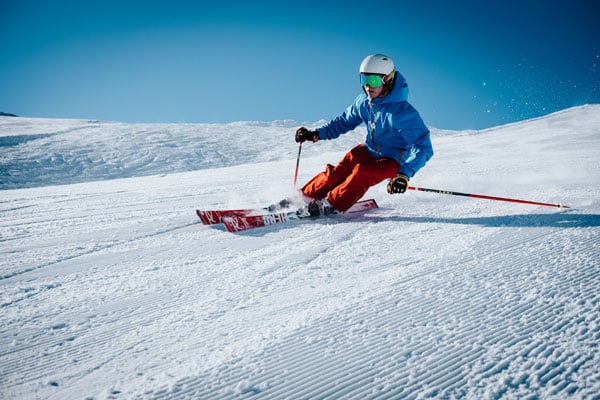Top Tips for a Safe Holiday Season and Winter Eye Health
Remember Eye Safety this Holiday Season
With the holidays upon us, it’s important to note the extra care we need to take to make sure the toys and gifts our children receive are safe and age appropriate. For this reason, Prevent Blindness America has declared December “Safe Toys and Gifts Awareness Month”.
Look at every toy before you buy it. Is the toy durable? Can it stand the wear and tear of everyday use without breaking, cracking or coming apart? Does it shoot objects or have sharp edges? Toys that fail these tests should be reconsidered.
Tips for gifts your child receives:
- Read all warnings and instructions on the box.
- Ask yourself if the toy is right for your child’s ability and age.
- Avoid toys with sharp or rigid points, spikes, rods, or dangerous edges.
- Buy toys that will withstand impact and not break into dangerous shards.
- Look for the letters “ASTM.” This designation means the product meets the national safety standards set by ASTM International.
- Avoid toys that shoot or include parts that fly off.

Winterize your Eyes
Aside from the holidays, there are certain winter precautions to take involving eye protection and safety. Protecting your eyes from the sun’s UV rays is just as important in January as it is in July. Most of us remember to wear eye protection and sunscreen in the summer, but we often don’t think about it as much in the winter months. It is a common misconception that eye damage cannot occur during the winter months. Sun exposure can increase the development of cataracts, and cause growths on the eye regardless of the season.
Excessive exposure to UV light reflected off snow can damage the surface of the eye surface. In addition to cataracts, sun exposure can lead to lesions and tumors that may require surgical removal. The American Academy of Ophthalmology recommends that people be especially careful to protect their eyes in the winter months and only wear goggles or sunglasses with UV protection.

Common Winter Eye Problems
Knowing what your eyes are up against will help you understand why you need eye protection in the winter. There are several ways your eyes can suffer during the cold season. These are the most common winter eye problems, but you can avoid them with the right eye protection.
Dry eyes – Many people experience dry eyes in the winter. This is because cold air contains less water than warm air, and wind can further minimize the moisture. Dry eyes can look red, feel itchy, or even have a burning sensation.
Watery eyes – Watery eyes are another frequent problem in the winter. The dry air leaves our eyes with a thinner layer of tears to protect the surface of the eye, which may lead the eyes to over-compensate by producing extra tears.
Snow blindness – When the snow reflects sunlight, it can create an intense UV light that is very dangerous to the eyes. Snow blindness happens when the cornea is damaged by this strong UV light and causes temporary blurry vision.
Altitude problems – If you spend time on the slopes in the winter, you may experience even more risk of winter eye problems, including dry eyes, watery eyes, and snow blindness. This is because there is even less protection from UV light at higher elevations.
In order to combat these common problems, here are some recommendations for when you step out into the blistery cold this winter
Wear sunglasses
Snowy and icy conditions double the sun’s effects as ultraviolet rays have access to your eyes from both above and as reflections off the snow. Wearing the correct sunglasses can block 99% of UV light, therefore taking the pressure off your eyes. Many people aren’t aware that the sun’s harsh effects are not specific to sunny days.
Moisturize your eyes
If you already suffer from dry eye, it’s likely for you to have difficulty in keeping your eyes moist and comfortable – even more so in the winter. It’s important to try to use eye drops, sit farther away from heat sources, or use a humidifier to alleviate dryness in the environment for your eyes.
Use goggles during winter activities
Goggles help protect your eyes during activities where dirt, slush, snow and ice can get into your eyes while outdoors. Find goggles that either have enough room to wear UV protection sunglasses underneath them or find a pair with UV protection already built-in.
If you experience discomfort with your vision when the temperatures cool off, be sure to ask your eyecare professional to include optomap in your comprehensive eye exam. optomap can help diagnose and treat early signs of retinal damage. To find a provider near you, visit www.optomap.com